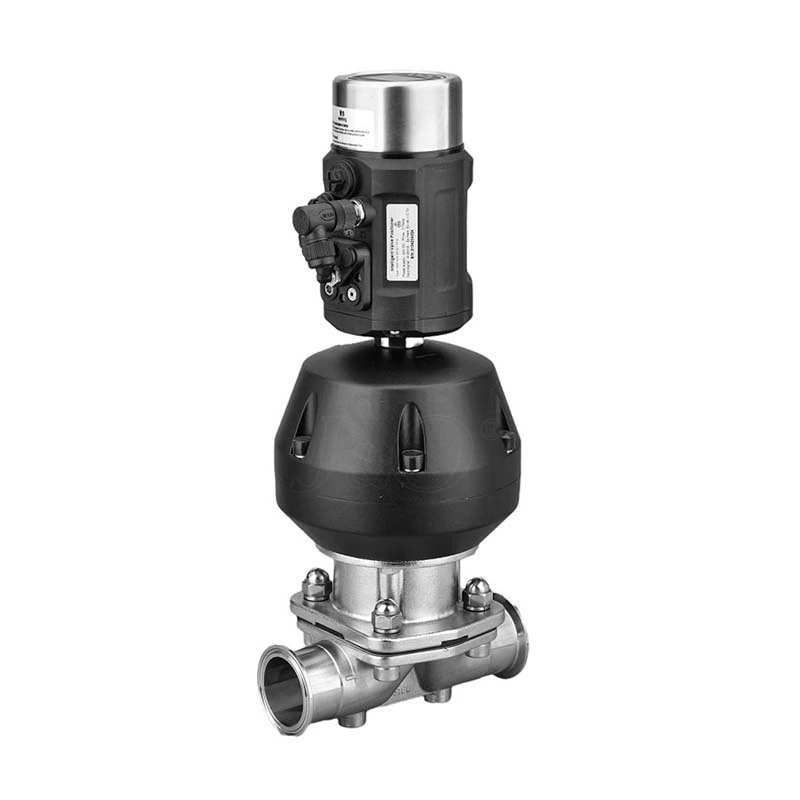In What Situations Can Sanitary Diaphragm Valves Be Used?
In what situations can Sanitary Diaphragm Valve be used?
Information about sanitary diaphragm valves: When the process requires cleanliness (food, cosmetics, medicines, etc.), foreign substances are not allowed to contact the medium during the production process. If a ball valve is used, the cleanliness of the production process cannot be guaranteed. Only the diaphragm valve can do this. At this time, the diaphragm valve will be used.
The most prominent feature of the diaphragm valve is that the diaphragm separates the inner cavity of the lower valve body from the inner cavity of the upper valve cover, so that the valve stem, valve disc and other parts above the diaphragm are not corroded by the medium, eliminating the packing sealing structure and preventing the medium from leaking out. The diaphragm made of soft seals such as rubber or plastic has better sealing performance.
The diaphragm valve is a special form of shut-off valve. Its opening and closing parts are a diaphragm made of soft material, which separates the inner cavity of the valve body from the inner cavity of the valve cover and the drive components. The diaphragm valve is an elastic, perturbed diaphragm, bolted to the compression element, which is operated by the valve stem to move up and down. When the compression element rises, the diaphragm is lifted up to form a passage. When the compression element falls, the diaphragm is pressed on the weir of the valve body (if it is a weir valve) or on the bottom of the profile (if it is a straight-through type). The diaphragm valve is suitable for switching and throttling.
Due to the structural design of the diaphragm valve itself, it is particularly suitable for ultra-pure media or heavily contaminated, very viscous liquids, gases, corrosive or inert media. When combined with control equipment, the diaphragm valve can replace other traditional control systems, especially for solid and easily contaminated inert media. The products are mainly used in biopharmaceutical, food, and industrial water treatment in the power, chemical, electroplating, and other industries. They are also used in the production of semiconductor wafers. Diaphragm valves are particularly suitable for transporting corrosive and viscous fluids, such as mud, food, medicine, and textile adhesives. Because the operating mechanism of the diaphragm valve is not exposed to the transported fluid in the pipeline, it is non-polluting, does not require packing, and the valve stem packing is unlikely to leak.
